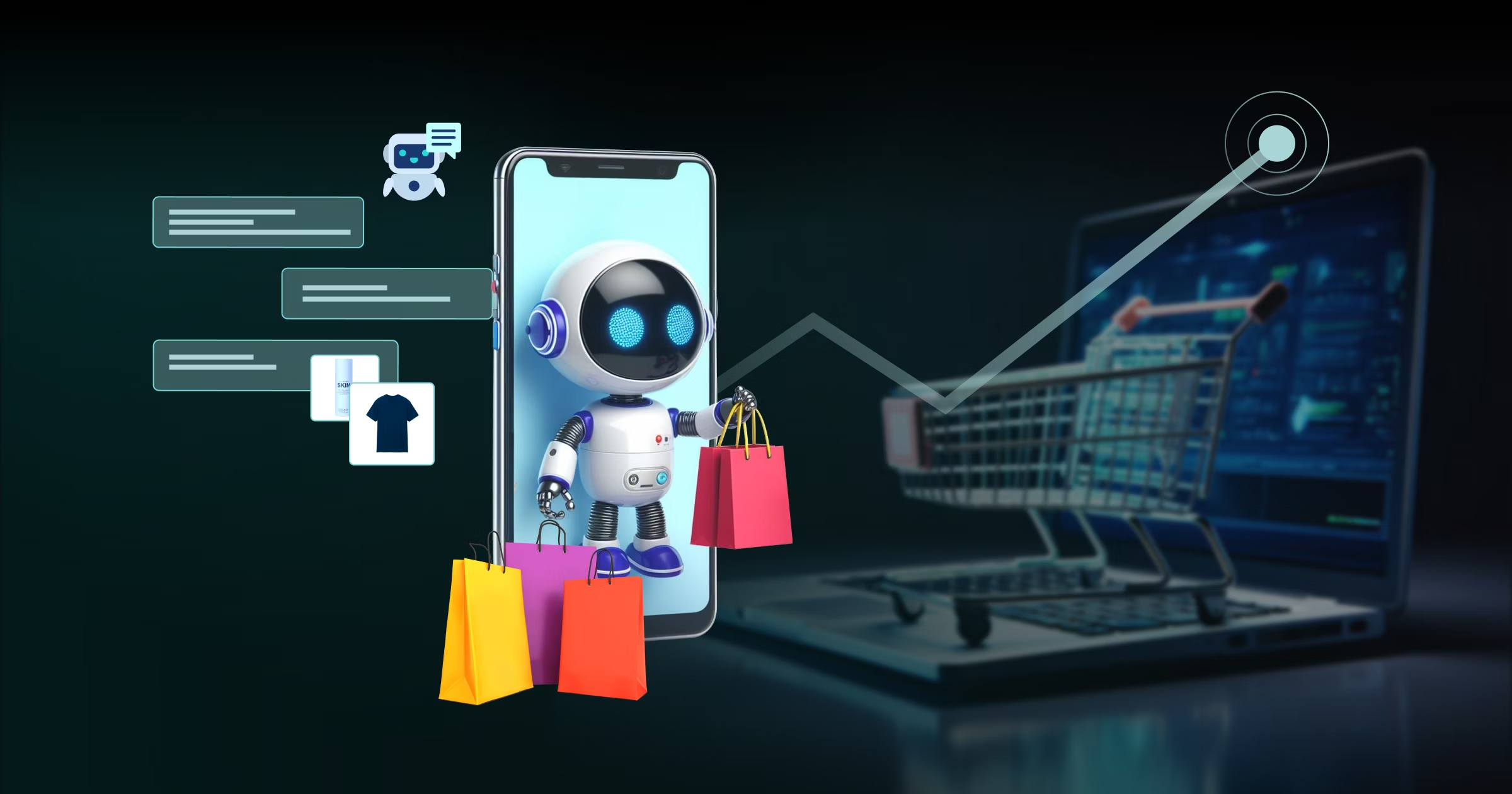Your morning starts with checking messages from yesterday—three customers need help tracking orders, two want updates on refund requests, and one is inquiring about the new winter collection. Previously, this would mean hours of back-and-forth emails, but now your store’s business chatbot has handled most of it. Linda from Minnesota received her tracking information instantly at 3 a.m., while Mike from Texas learned about the return policy without waiting for business hours. The chatbot even helped Mrs. Johnson find the special green dress she saw online, checked its availability, and suggested matching accessories—all while you were stuck in traffic on your way to work.
When a complicated situation arose involving a delayed international order, the chatbot seamlessly connected the customer with your support team, providing the entire conversation history so your staff could jump right in. As you finish your first cup of coffee, you realize these small conversations have saved your team hours of repetitive work while reducing costs and increasing operational efficiency. To make this a reality for your business, schedule a consultation with us today.

The Real Benefits of Chatbots in Business
Here’s what truly happens when businesses integrate chatbots into their operations:
- Financial Efficiency:
A hardware store once employed three full-time staff members just to answer basic questions. Now, the chatbot handles inquiries like “Where can I find shelf brackets?” allowing those employees to focus on helping customers design their dream kitchens, reducing workload and boosting employee satisfaction. - A Friend at 2 a.m.:
Late-night shopping habits that used to wait for the next morning now receive instant answers. Customers can find the perfect dress size while enjoying their favorite shows—no waiting, no frustration, just convenience. - Freeing Up Repetitive Tasks:
A service associate at an electronics store used to spend all day answering queries about store hours. Now, thanks to the chatbot, she can address meaningful issues, reclaiming the essence of her job. - Data Insights:
Every question like “Do you have this shirt in blue?” becomes valuable data. A café owner discovered high demand for non-dairy breakfast options through chatbot interactions, leading to the creation of an oat milk menu. - Human Intervention When Necessary:
While chatbots can’t provide warm hugs, they know when to transfer customers to human experts. For instance, a woman needing special arrangements for a 50th-anniversary gift was connected with a staff member who created a memorable experience for her.
Common Applications of Chatbots by Industry
Chatbots are commonly used to automate repetitive interactions, offering instant, personalized service, reducing operational costs, and enhancing customer experiences.

- Retail & E-Commerce:
- Product recommendations
- Order tracking
- Inventory checks
- Personalized shopping assistance
- Return processing
- Banking & Finance:
- Balance inquiries
- Transaction history review
- Fraud alerts
- Loan pre-screening
- Investment guidance
- Healthcare:
- Appointment scheduling
- Initial symptom assessment
- Medication reminders
- Patient record access
- Basic mental health screenings
- Hospitality & Travel:
- Booking confirmations
- Flight and hotel reservations
- Travel itinerary management
- Local recommendations
- Check-in/check-out processes
- Customer Support:
- Troubleshooting technical issues
- Answering FAQs
- Support ticket management
- Product setup guidance
- Escalation to human staff when needed
Tips for Successfully Implementing Chatbots
Effective chatbot implementation goes beyond mere technology deployment; it requires careful consideration to align with your business needs and goals. Here are some essential factors to keep in mind:
- Define Clear Objectives:
Determine what you want your chatbot to achieve. Will it handle FAQs, assist with shopping, or track orders? A chatbot designed with clear objectives delivers real value and avoids unnecessary complexity. - Design an Intelligent User Interface:
Ensure your chatbot can understand and respond to natural language. It should recognize different ways of asking the same question to create a seamless, user-friendly experience. - Combine Human and Technology:
A chatbot cannot entirely replace human interaction. When faced with complex or emotional situations, it should be programmed to transfer customers to human support for personalized service. - Continuous Evaluation and Improvement:
Gather data from conversations and use it to enhance chatbot performance. Monitor common questions, errors, or slow response times to optimize the experience. - Integrate with Existing Systems:
Ensure your chatbot integrates smoothly with existing business tools like CRM systems, e-commerce platforms, or inventory management software.
Conclusion: Chatbots—The Future Solution for Modern Businesses
Chatbots simplify business processes, enhance customer satisfaction, reduce costs, and boost operational efficiency. Whether you’re managing a small online store or a large company with hundreds of employees, chatbots can become an invaluable tool to optimize resources and deliver greater value.
If you’re looking for a chatbot solution tailored to your business, don’t hesitate to reach out to us. Together, we’ll design a chatbot that’s not just a support tool but a true companion in earning customer trust and satisfaction.




